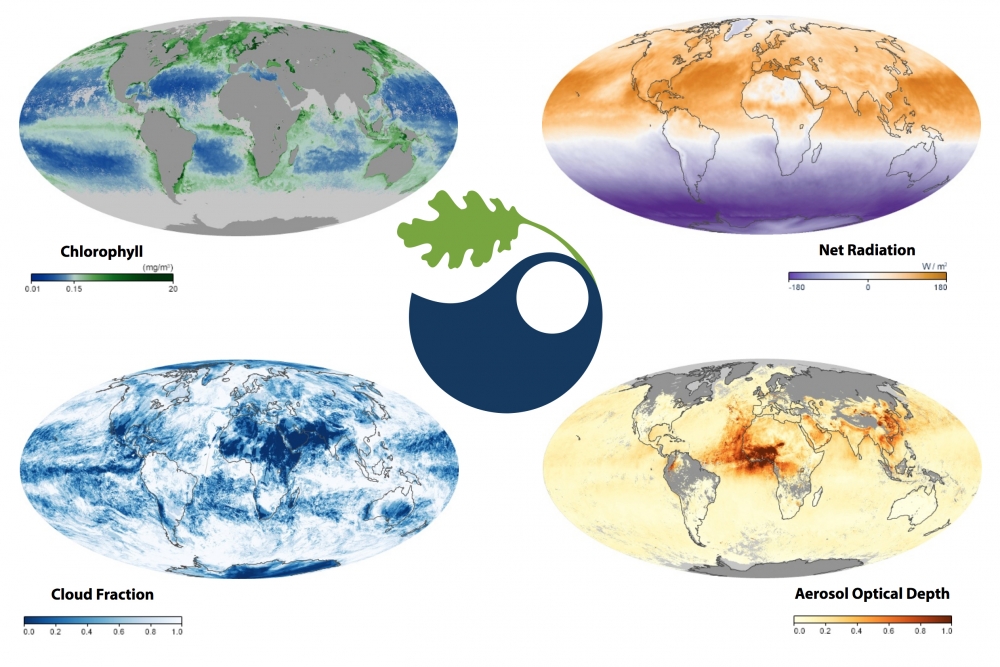
Managing the Complex
Every environmental problem, from warming seas to dwindling species, presents itself in the form of data. If we can understand and communicate this data clearly, we can transform how we solve these problems.
That’s the idea behind a new master’s degree program at UC Santa Barbara’s Bren School of Environmental Science & Management, which aims to train environmental scientists to take advantage of the tools data science has to offer.
The program is a partnership between the Bren School and the university’s National Center for Ecological Analysis and Synthesis (NCEAS), which is well known for creating opportunities for collaboration within environmental data science. The Master of Environmental Data Science degree program (MEDS) will join the Bren School’s prestigious and successful Master of Environmental Science & Management (MESM) program in summer quarter 2021.
“We want to create a new class of environmental problem solvers — professionals who can tackle challenges we couldn’t imagine solving even a few years ago,” said Distinguished Professor Steve Gaines, dean of the Bren School.
MEDS is one of the first programs of its kind in the world. “There are lots of data science programs, and lots of environmental programs, but environmental data science is just emerging. There aren’t many programs catering to that,” said Summer Broeckx-Smith, the program’s coordinator and a Bren School alumna herself.
With an increasing demand in the environmental field for experience with data visualization, statistical programming and spatial analysis, MEDS graduates will have skills that employers are eagerly seeking.
MEDS is the brainchild of marine ecologist Ben Halpern, the executive director of NCEAS and a Bren School faculty member. “Both these places I sit — NCEAS and the Bren School — are already doing lots of environmental data science,” Halpern said, “and are especially focused on training professional students. The idea of launching a new master’s program just seemed obvious.”
The program will kick off in the second half of summer quarter 2021 with a series of short courses to give incoming students a strong foundation in basic data science skills, regardless of their previous experiences with computer science or coding. The students will then embark on an 11-month curriculum covering programming, remote sensing and machine learning, among other topics.
“These skills are becoming increasingly critical across almost every kind of environmental science position,” Halpern said. In fact, he noted, the faculty and staff intentionally designed the MEDS program to be just one year in order to make it accessible to mid-career professionals who find themselves wanting more training in these techniques.
The structure of the MEDS program draws inspiration from the success of the MESM program, especially its capstone. The intense, two-quarter project is built around actual clients with real environmental problems seeking data science solutions. Teams of three to four students will partner with a client and a faculty mentor to develop data science products and solutions for these challenges.
Similar to the MESM group projects, Halpern anticipates a diverse array of clients for MEDS capstone projects, including government agencies, corporations, non-profits and academic groups. The Bren School will issue a call for proposals in May 2021.
The school expects the inaugural class to number about 25 students, growing to around 75 by the program’s fifth year. Ultimately MEDS will field 80 to 90 students per year, on par with MESM. This gradual ramp-up should give faculty, students and the administration plenty of time to develop and adapt the program and learn along the way.
“We’re really trying to build capacity and expertise in the next generation of environmental scientists, all of whom will be data scientists in the end,” Halpern said.



